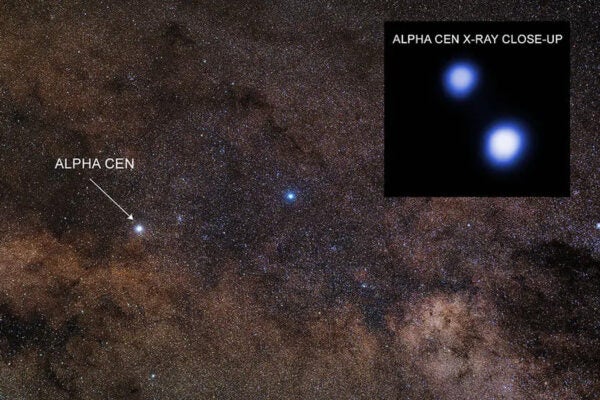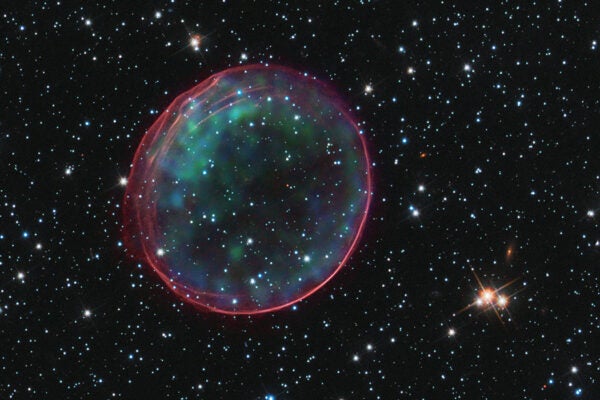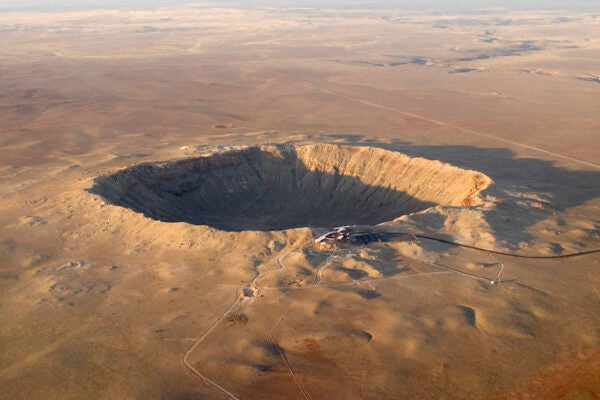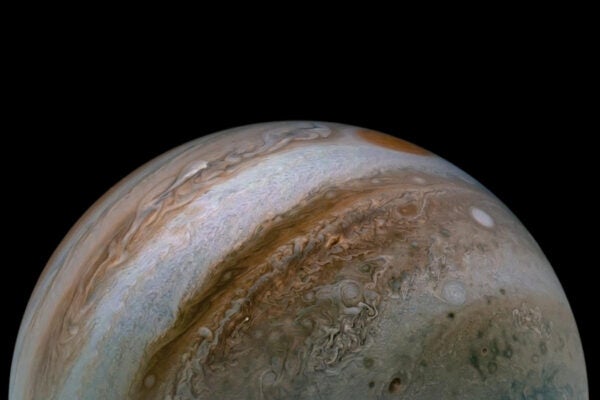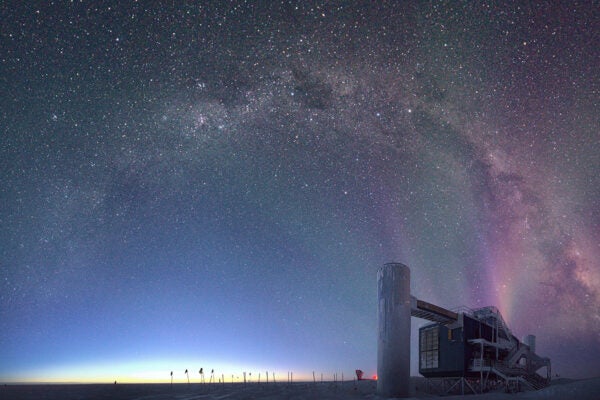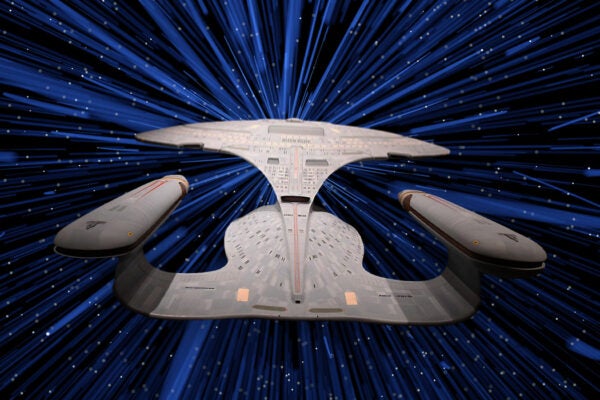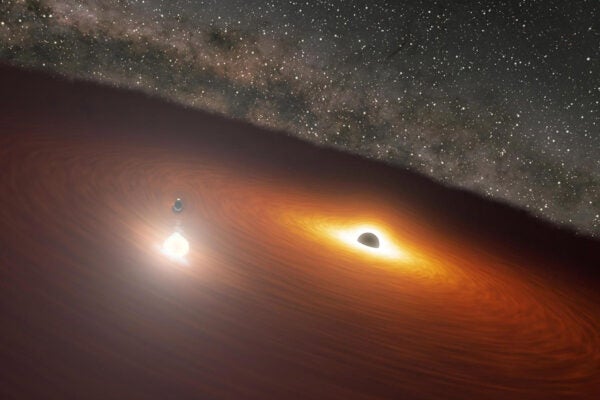The Hunt for Life in Alpha Centauri
This oddball system of three stars might be our best chance at finding nearby life in the Universe.
How Asteroids Bombarded Earth and Built the Continents
Asteroid collisions aren't always bad.
Explaining GRB 221009A, the Greatest Cosmic Explosion Humanity Has Ever Seen
The brightest gamma-ray burst ever observed, GRB 221009A behaved in unexpected ways that might help us understand how they occur.
The Eight Best Hidden Impact Craters on Earth
Many impact craters on Earth have been erased thanks to wind, water, and plate tectonics. But scientists have clever ways to find them.
Could You Stand on the Surface of Jupiter? Exploring the Enigmatic Outer Planets
The outer planets’ clouds hide the weirdness within.
“Ghostly” Neutrinos Help Us See Our Milky Way as Never Before
As Marcel Proust said, “The real voyage of discovery...consists not in seeking new landscapes, but in having new eyes.”
We Might Have Accidentally Killed the Only Life We Ever Found on Mars Nearly 50 Years Ago
In one experiment, the Viking landers added water to Martian soil samples. That might have been a very bad idea.
Is Star Trek’s Warp Drive Possible?
The concept of the warp drive is currently at odds with everything we know to be true about physics.
Solved: Astronomers Identify Origin of Mysterious Flares in Galaxy OJ 287
In a distant galaxy, a cosmic dance between two supermassive black holes emits periodic flashes of light.
